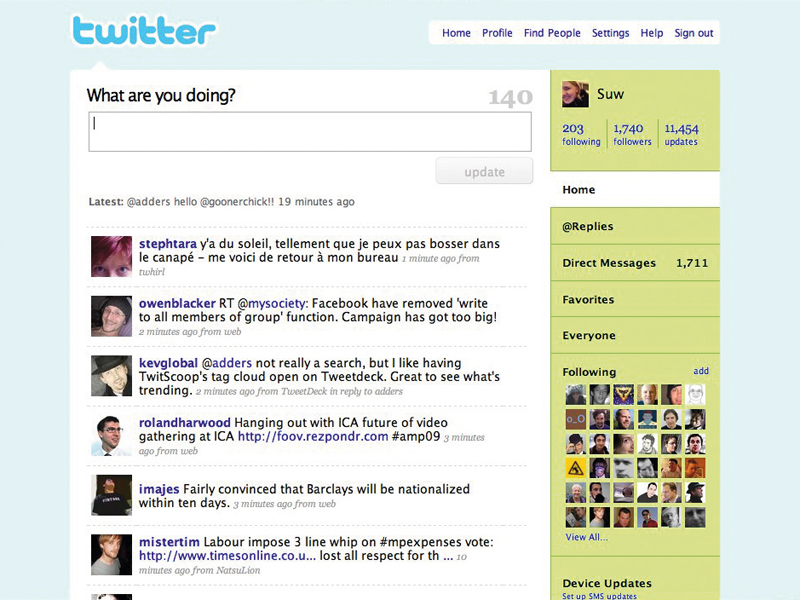Boost your career with social media
How to use Twitter and other networks to get ahead

While yet another mention of the words 'credit crunch' might make you want to run screaming, the truth is that times are uncertain for freelancers and the employed alike.
It's hard to find new clients and seemingly secure jobs could be gone tomorrow. But when unemployment is rising and every opening has hordes of rabid candidates battering down the doors, how do you make your application stand out? How do you find new clients in an economy where budgets are being slashed and projects iced, with recovery not forecast for another 12 to 18 months?
You can't predict the future, but you can prepare for it. And central to that is taking good care of your online presence. It's no secret that employers, recruitment agents and clients alike frequently type the names of potential hires into Google, just to make sure there's nothing in their profile that might embarrass the company. These days, taking care of your reputation is just as important as having your CV up to date.
Insurance policy
"It's almost an insurance policy against any kind of unforeseen future disasters," says Nancy Williams, managing director of Tiger Two and an online reputation management expert. "What you have online is important, because when you've got a glut of potential employees out there, you're not just going to be chosen on your CV – you've got to show them something extra."
Yet while most professionals working in the web industry will have some sort of web presence, often it's an old site, including a CV they wrote during their last job hunt. It's easy to understand why these things age: it's tedious to keep reworking a professional site or CV. But a plain vanilla website isn't enough; you need to go a bit further to stand out from the crowd.
Increasingly, web designers and developers are using blogs, professional networking sites and microconversation services such as Twitter, not just to express their professional opinions but also to widen their networks and connect with new leads.
Get the best Black Friday deals direct to your inbox, plus news, reviews, and more.
Sign up to be the first to know about unmissable Black Friday deals on top tech, plus get all your favorite TechRadar content.
Dust off the cobwebs
The most obvious place to start is your own website. If you haven't paid much attention to it recently, it's time to dust off the cobwebs. Not only should it look professional, but visitors should easily be able to find key information, such as what you do, your client list and your areas of expertise.
Many experts swear by blogs as a great way to get noticed by new clients or employers. "Most of my work comes via referrals and my blog," says Leisa Reichelt, a user experience designer (disambiguity.com). "I've had lots of clients tell me, when they first contact me, that they've been reading my blog for some time. It gives them a good sense of who I am, so when they hire me they feel they know what they're getting."
Your blog isn't just a place for you to showcase your expertise, it's also an opportunity for you to take part in wider conversations, either through the comments or by writing responses to blog posts. Of course, you should take care when writing about your job or clients, and make sure you don't say anything inappropriate or breach confidentially agreements.
But discussing your work can be a powerful way of attracting interest, as design guru Jon Hicks discovered when he blogged about the Firefox logo redesign. "The Firefox post was a big thing," Hicks says. "I saw my blog stats go up incredibly and a lot of people say they found me through that. They discovered I was the Firefox guy."
Tools such as WordPress or Movable Type enable you to easily maintain your site, including static pages for client lists, CVs and project information. If you don't have your own site, TypePad or Blogger will host the blog for you.
Most Popular

